Astronauts have snapped numerous photos of the light show from their unique perch on the International Space Station.
There are few experiences quite like witnessing the aurora borealis. Commonly known as the northern lights, these colorful ribbons of light appear to dance in the sky over the planet’s high latitudes, attracting sky chasers and photographers. The light also catches the eye of astronauts, who have snapped numerous photos of northern and southern lights from their unique perch on the International Space Station.
Astronaut Randy “Komrade” Bresnik shot this photograph on September 15, 2017, as the space station passed over Ontario, Canada. Curtains of green—the most familiar color of auroras—dominate the light show, with hints of purple and red.
The lights are the result of interactions between solar emissions and Earth’s magnetic field. The specific color depends on the atmospheric gas and the amount of energy involved. For example, bursts of green light occur after oxygen atoms are energized by collisions with fast-moving electrons.
Other sources of light are also visible, including high-latitude cities that dot the landscape below. And looking in the distance toward the Earth’s limb, you can see the distinct layer of airglow—light emitted from chemical reactions caused by sunlight in the upper atmosphere. Finally, the bright blue-white glow near the horizon is the pending sunrise—one of 16 sunrises visible from the space station each day.
About a week after Bresnik acquired the image at the top of this page, astronauts captured another display of the northern lights over Canada featured in the video below. The video is a time-lapse, compiled from nearly 1,000 still frames shot over a span of 15 minutes on September 28, 2017. The space station was passing from the northwestern United States toward the southeast at the time.
The time-lapse imagery that we’ve been able to get of auroras is just fascinating to watch,” said Will Stefanov, ISS program scientist for Earth observations at Johnson Space Center. “And just strikingly beautiful to be able to see that process, how the aurora shifts and moves like a live thing. And knowing that for that particular stretch of time, you are pretty much seeing what the crew saw in orbit.”
Learn more about astronaut photography in the Picturing Earth video series: part 1 Astronaut Photography in Focus; part 2 Window on the World; and part 3 Behind the Scenes.
Astronaut photograph ISS053-E- 23965 was acquired on September 15, 2017, with a Nikon D4 digital camera using a 24 millimeter lens and is provided by the ISS Crew Earth Observations Facility and the Earth Science and Remote Sensing Unit, Johnson Space Center. The image was taken by a member of the Expedition 53 crew. The image has been cropped and enhanced to improve contrast, and lens artifacts have been removed. The International Space Station Program supports the laboratory as part of the ISS National Lab to help astronauts take pictures of Earth that will be of the greatest value to scientists and the public, and to make those images freely available on the Internet.

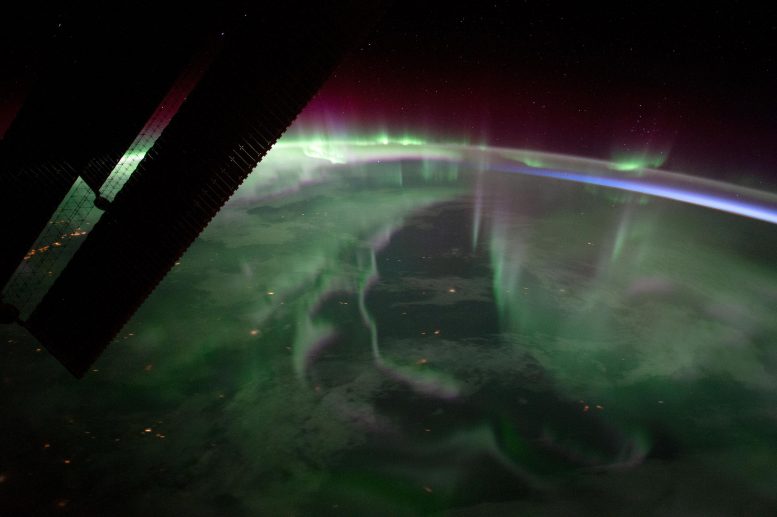

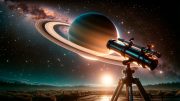


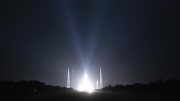

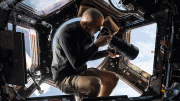
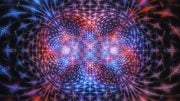
Be the first to comment on "Cruising Past a Spectacular Aurora Borealis on the International Space Station"